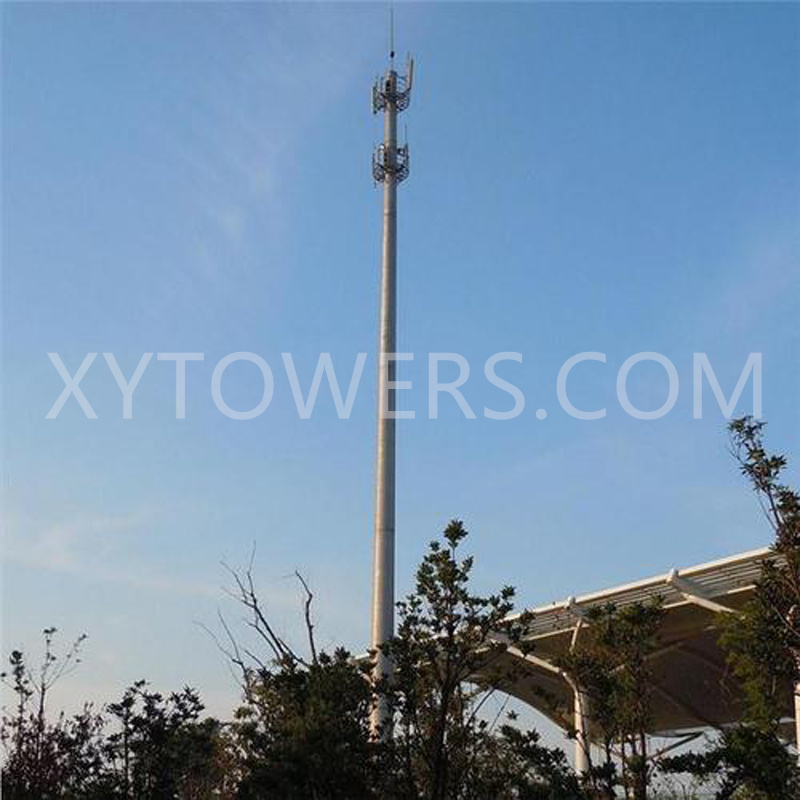In the world of telecommunication, the towering structures that dot the landscape are more than just a part of the scenery. These telecommunication towers, specifically the monopole towers, play a crucial role in ensuring that our communication networks function seamlessly.

Firstly, let’s understand what a monopole tower is. A monopole tower, also known as a telecom monopole, is a single, vertical pole tower that is commonly used to support telecommunication antennas. Unlike traditional lattice towers, monopoles are sleek and slender, making them a popular choice for urban and suburban areas where space is limited. Their design allows for the installation of multiple antennas at various heights, making them versatile and efficient in transmitting and receiving signals.
One of the key components mounted on monopole towers is the telecommunication antenna. These antennas come in various types, and one of the most common types used with monopole towers is the monopole antenna. The monopole antenna, as the name suggests, is designed to work in conjunction with monopole towers. It is a vertical antenna that is widely used for broadcasting and communication purposes. Its simplicity and effectiveness make it a popular choice for telecommunication applications.
The monopole antenna’s design allows for omnidirectional radiation, meaning it can transmit and receive signals in all directions, making it suitable for serving a wide coverage area. This makes it an ideal choice for cellular communication, broadcasting, and other wireless applications. Additionally, the monopole antenna’s compact size and ease of installation make it a practical solution for mounting on monopole towers, especially in areas where space is at a premium.
When it comes to telecommunication infrastructure, the role of monopole towers and antennas cannot be overstated. These structures form the backbone of our communication networks, enabling us to stay connected in our increasingly digital world. Whether it’s facilitating mobile phone calls, internet connectivity, or broadcasting vital information, monopole towers and antennas are instrumental in keeping us connected.
In conclusion, monopole towers and antennas are integral components of telecommunication networks. Their efficient design, versatility, and ability to support various types of antennas, including the monopole antenna, make them indispensable in the world of telecommunication. As technology continues to advance, the role of monopole towers and antennas will only become more critical in meeting the growing demands for seamless and reliable communication.
In the ever-evolving landscape of telecommunication, monopole towers and antennas stand tall, quite literally, as pillars of connectivity, ensuring that we stay connected
Post time: Sep-02-2024





